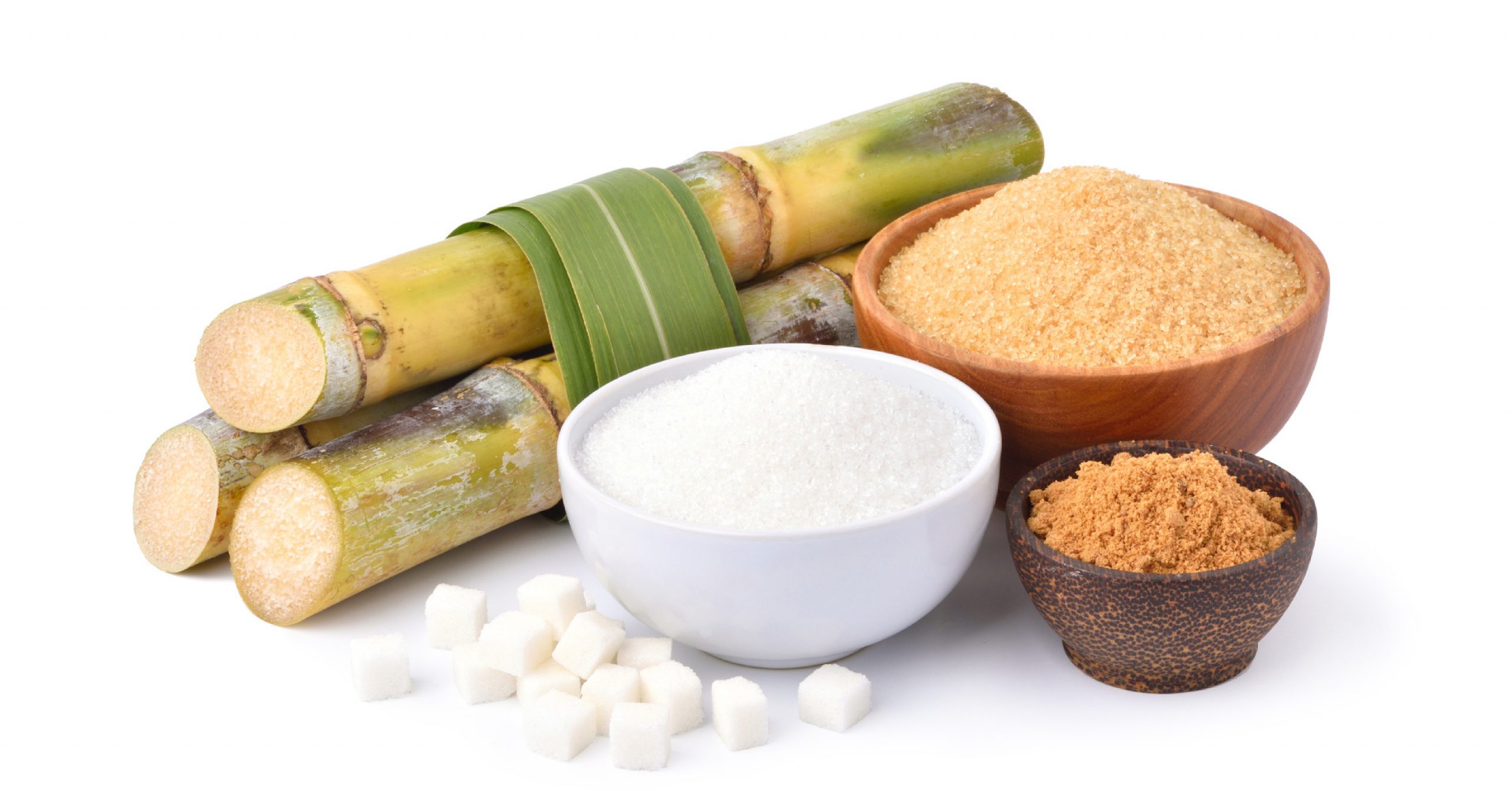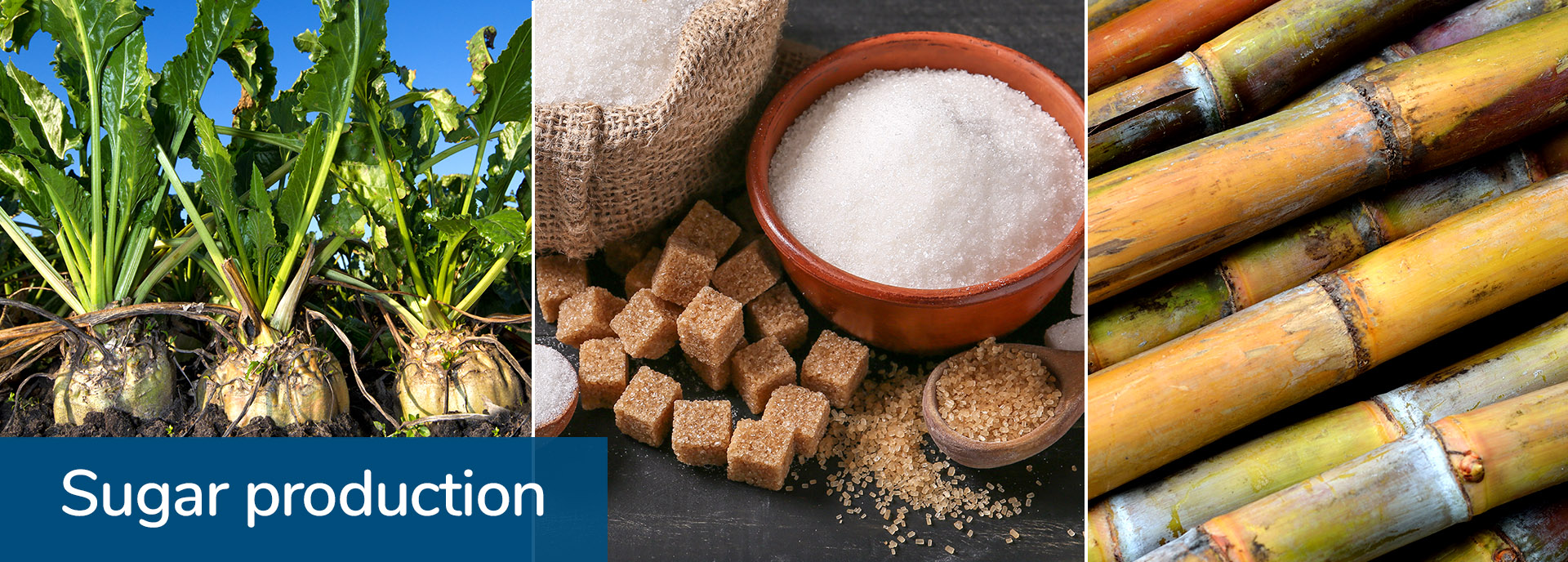5 Expert Tips: Maximizing What Is Sugar Cane Used For
Wiki Article
The Multifaceted Usages of Sugar Walking Stick: From Food Products to Biofuels
Sugar Cane is a plant with varied applications that prolong much past simple sugar. Its products range from granulated sugar and molasses to fermented alcoholic beverages and lasting packaging products. In addition, it contributes in the production of sustainable biofuels. Recognizing these complex usages exposes the ecological and economic significance of sugar Cane growing. Yet, the effects of its farming practices raise inquiries worth exploring additionally.The Duty of Sugar Cane in Sweetener Manufacturing
Sugar Cane is commonly associated primarily with its pleasant taste, it plays a necessary duty in the manufacturing of various sugar worldwide. The process starts with removing juice from sugar cane, which is after that cleared up and evaporated to produce raw sugar. This raw sugar undergoes additional improvement to develop granulated sugar, commonly utilized in industries and households. Along with traditional granulated sugar, sugar Cane is additionally the source of molasses, a thick syrup that is and retains several nutrients utilized in cooking and cooking.Sugar Cane offers as the foundation for producing different sugar like high-fructose corn syrup and specific man-made sugar, which are significantly preferred in food and drink production. The flexibility of sugar Cane in sweetener manufacturing not just pleases customer demand for sweetness but also supports various food markets, highlighting its relevance past plain flavor.
Sugar Cane in Food Products Beyond Sweeteners
Sugar Cane uses different nutritional advantages that extend beyond its role as a sweetener. Its versatility in culinary applications has resulted in cutting-edge uses in an array of food products, improving flavors and textures. This expedition highlights the broader payments of sugar Cane to the food market.Nutritional Conveniences of Sugar Walking Cane
The dietary benefits of sugar Cane expand far beyond its well-known role as a sweetener. This versatile plant is rich in essential minerals and vitamins, including calcium, potassium, magnesium, and iron. In addition, sugar Cane consists of antioxidants that help fight oxidative tension in the body. Its high fiber material help in food digestion and advertises digestive tract health, making it a useful enhancement to the diet plan. Sugar Cane juice is often eaten for its hydrating residential or commercial properties and all-natural energy boost, giving a resource of fast carbs. The presence of phytonutrients includes in its health benefits, possibly sustaining immune feature. Overall, sugar Cane uses a variety of dietary benefits, adding to a health-conscious and well balanced lifestyle.Culinary Applications and Advancements
While commonly acknowledged mainly for its sweet taste, sugar Cane has actually emerged as an ingenious component in various cooking applications past standard sweeteners. Cooks and food makers are increasingly making use of sugar Cane juice and syrup to boost taste profiles in savory recipes, marinates, and sauces. Its all-natural sweet taste equilibriums flavors and level of acidity, making it a flexible part in worldwide foods. In addition, sugar Cane fibers are locating their means into gluten-free flours, supplying structure and nutritional benefits. Ingenious desserts, such as sugar Cane sorbets and sweets, showcase its unique taste, while beverages like sugar Cane mixed drinks and teas highlight its invigorating top qualities. These cooking innovations demonstrate sugar walking cane's possibility to revolutionize modern gastronomy.
The Production of Liquors From Sugar Cane
Transforming sugar Cane into alcoholic drinks showcases the adaptability of this tropical crop. The fermentation of sugar Cane juice or molasses causes a series of prominent beverages, including aguardiente, rum, and cachaç. These drinks are deeply rooted in the cultures of sugar-producing regions, especially in the Caribbean and South America.The manufacturing process starts with the extraction of juice from freshly gathered sugar walking stick, which is after that fermented using yeast. This fermentation transforms the sugars right into alcohol, producing a base that can be distilled for higher alcohol material. Distillation strategies differ, affecting the flavor accounts and attributes of the end product.
In addition, aging in barrels can improve the complexity and depth of tastes in spirits like rum. Overall, the transformation of sugar Cane into liquors not just highlights its agricultural value yet also contributes significantly to the worldwide drink industry, providing diverse and rich experiences for consumers.
Sugar Cane and Its Use in Biodegradable Product Packaging
Sugar walking cane's adaptability expands past beverage manufacturing to ingenious applications in naturally degradable packaging. This eco-friendly source is significantly being made use of to create environmentally friendly product packaging solutions that reduce dependence on petroleum-based plastics. Stemmed from the fibrous deposit of sugar walking cane, referred to as bagasse, producers can produce naturally degradable products that disintegrate more promptly than standard plastics.These sugar cane-based packaging items offer a lasting option for different markets, including food and durable goods. They not just minimize environmental influence yet additionally align with the growing consumer need for lasting methods. Additionally, sugar Cane packaging can be engineered to keep durability while being lightweight, making sure that it satisfies the useful demands of businesses.
As ecological issues intensify, the change towards eco-friendly my latest blog post materials, such as those originated from sugar walking stick, provides an appealing course towards lasting packaging services that add to a round economy.
Discovering Sugar Cane as a Lasting Biofuel
As the world looks for sustainable power resources, sugar Cane click site arises as an appealing candidate for lasting biofuel manufacturing. This versatile plant can be exchanged ethanol, a cleaner-burning option to nonrenewable fuel sources - What Is Sugar Cane Used For. The fermentation procedure makes use of the sugars drawn out from the walking cane, resulting in a renewable resource resource that significantly lowers greenhouse gas discharges contrasted to standard fuelsSugar cane's high energy return per hectare additional improves its feasibility as a biofuel. It can be grown in various climates, making it accessible for several areas, specifically in subtropical and exotic areas. Additionally, the results of sugar Cane handling can be made use of in generating electrical energy, including an additional layer of sustainability to its use. The fostering of sugar cane-based biofuels not just promotes energy self-reliance yet likewise sustains farming economic climates. Sugar Cane stands out as a sustainable service in the international change towards renewable power.
Nutritional Conveniences of Sugar Cane and Its Byproducts
The possibility of sugar Cane prolongs past its function in lasting biofuel manufacturing; it additionally provides significant dietary benefits. Rich in crucial nutrients, sugar Cane supplies critical minerals such as magnesium, potassium, and calcium, which add to total wellness. Additionally, its juice is a natural source of anti-oxidants, aiding to deal with oxidative stress in the body.Sugar Cane byproducts, such as molasses, better boost its dietary account. Molasses is high in iron, making it a valuable enhancement for those seeking to boost their iron consumption. Both sugar Cane and its byproducts contain nutritional fiber, which helps digestion and advertises a healthy and balanced gut.

The Ecological Impact of Sugar Cane Growing

On the other hand, the farming process can result in different ecological obstacles. Logging typically takes place to give way for sugar Cane areas, which disrupts environments and biodiversity. Additionally, the heavy usage of fertilizers weblink and pesticides can result in soil deterioration and water contamination, influencing regional wildlife and communities. In addition, the extensive watering needed in some areas can diminish water resources, bring about shortage.
Frequently Asked Concerns
How Does Sugar Cane Affect Dirt Health Throughout Farming?
The growing of sugar Cane substantially affects dirt wellness. It can improve soil structure and fertility via raw material enhancement, yet extreme use of plant foods may result in nutrition exhaustion and soil destruction with time.What Are the Economic Advantages of Sugar Cane Farming?
The economic advantages of sugar Cane farming include task creation, raised local earnings, and contributions to nationwide GDP. In addition, sugar walking stick's versatility permits varied market opportunities, boosting farmers' monetary stability and promoting agricultural development.
Can Sugar Cane Be Grown in Non-Tropical Areas?
Sugar Cane can be grown in non-tropical regions, gave the climate is frost-free and effectively cozy. What Is Sugar Cane Used For. Adjustment strategies, such as choosing suitable ranges and utilizing irrigation, can improve its development capacity in these locationsWhat Conditions and parasites Impact Sugar Cane Crops?
Bugs such as sugarcane borers and aphids, in addition to conditions like red rot and rust, substantially effect sugar Cane plants. These hazards can reduce return and top quality, necessitating effective administration strategies for farmers.How Is Sugar Cane Harvested and Processed?
Sugar Cane is normally gathered by reducing the stalks short. After harvesting, the Cane is delivered to refining facilities where it is squashed to draw out juice, which is then refined into different items.Sugar Cane is a plant with diverse applications that extend far past simple sugar. The procedure begins with removing juice from sugar cane, which is then cleared up and vaporized to produce raw sugar. Ingenious desserts, such as sugar Cane sorbets and candies, showcase its special flavor, while beverages like sugar Cane alcoholic drinks and teas highlight its invigorating top qualities. The visibility of vitamins, particularly B vitamins, in sugar Cane supports energy metabolic rate and general well-being (What Is Sugar Cane Used For). On one hand, sugar Cane is an eco-friendly source that can add to sustainable agriculture and offer biofuels, decreasing reliance on fossil gas
Report this wiki page